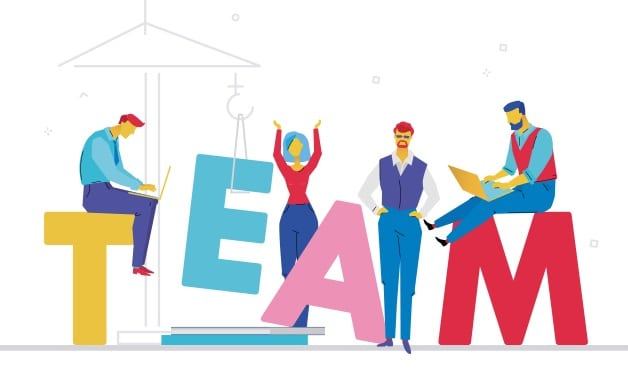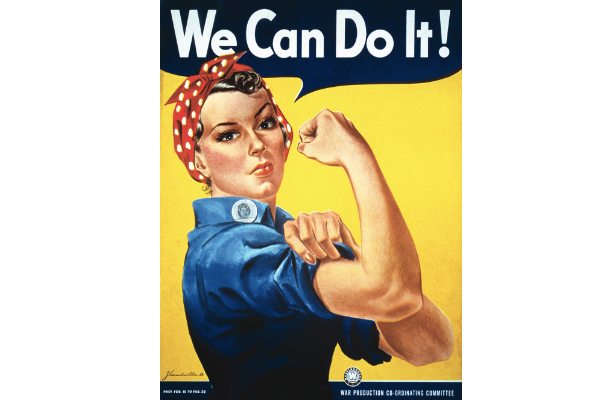
multicultural team
Have you ever seen a march past? Left, right, left – yes! It just doesn’t happen magically that we see few people walking in perfectly aligned rows matching their footsteps to the beat of the rhythm. It is about understanding the rhythm and aligning one’s position and speed with others to create the march of cooperation and coordination.
Is the case at workplace similar? Well, yes it is! When people from varied regions and backgrounds come together to work united towards achieving a common goal, businesses progress progressively. The objective is to bring unity in diversity to attain organisational harmony. Notably, in a country like India where there is diversity in culture, religion, ideologies, clothing, and language – it becomes imperative for managers to maintain unity among multicultural individuals and teams.
How can you unite these multicultural individuals to create a blended, powerful, and joyful work culture?
- Learn: The best way to know about the culture of any region is to learn about it. Therefore, while working with individuals from varied backgrounds, read about their culture. It will enable you to notice behavioural patterns that you might overlook otherwise. It will also help you interpret your team members’ actions with an open mind.
- Listen: It is human tendency to predict others’ reactions to one’s actions. However, one should learn to welcome and accept varied reactions from different people. It is not only important to listen, but to recognise the cultural differences and adjust your communication methods to foster responses from your team.
- Ask: The simplest way to understand people and their ideologies is to ask. The human brain judges, predicts, analyses, assumes and concludes – all on the basis of one’s thoughts about what others might be thinking. However, this will only make things ambiguous. Instead, asking your team for their opinions on a particular topic is the best way to initiate discussions and function smoothly as a team.
It gets easier to solve a problem once you have detected it. It is essential for managers to know that every individual is different, and ultimately it is imperative to adjust your strategies according to the person you are working with.
Are you still following this golden rule, “treat others the way you want to be treated?” Well, the changing times require that you start following the platinum one that says, “Treat others the way they want to be treated.”
Sounds hard! Isn’t it? The truth is it is even harder to implement it.
Let us help you figure out the various ways in which you can well manage multicultural teams.
- Say No to Stereotyping: It is a general assumption that a person coming from a specific place might exhibit certain stereotypical traits. Understanding the diverse cultures your teammates come from is different from forming opinions basis them. Managers must understand their teammates and working behaviours to manage them better and avoid misconceptions resulting from assumptions.
- Different Strokes for Different Folks: We are not talking about painting specifically, but it indeed is about painting a productive team landscape to create the best picture. For this, it is important for every manager to understand that one style for all will not take the team anywhere. It is crucial for managers to shape their message according to the recipients. This is necessary to maximise team effort and efficiency.
- Use Diversity as an Asset: An excess of diversity in your team can seemingly have adverse effects. However, if you truly attempt to foster inclusivity and team unity, you will realise that diversity can be utilised to bring various ideas to the table. It is all about using the right resource at the right time for the right task. Using your teammates’ individual core competencies to ideate and innovate new methods and tactics can give your company a competitive edge.
- Fill the Gaps, Build Connections: Managers must strategise efforts and work towards building teams by bridging the gaps between team members. For this, it is essential for managers to respect and embrace cross-cultural differences. They should identify the gaps between cultures and fill them by identifying connection points – unity will follow.
- Break Down Barriers: Focus on inclusion. Managers should welcome all cultures and ideologies to create a harmonious workplace where everyone is accepted the way they are. They know that by knowing their employees and collaboratively using their skills, multicultural efforts will achieve the common organisational
Multicultural teams bring to table multiple advantages for companies, like knowledge of different product markets, culturally sensitive customer service, and 24×7 work rotation opportunities. It is, however, hindered by several challenges like varied communication styles, language fluency, organisational hierarchy systems, and different decision-making processes. Whatever the pros and cons, multicultural teams work great if handled coherently. It is just like the food that tastes good if all the spices are in perfect measure. This speaks to the importance of a good chef, or in our case, manager!
The human brain is an assumption engine; it can assume anything and everything that may or may not be relevant. Worth a laugh? Maybe, but it’s true! So, we advise every leader to look before they leap because handling a multicultural team is as easy as it seems!







